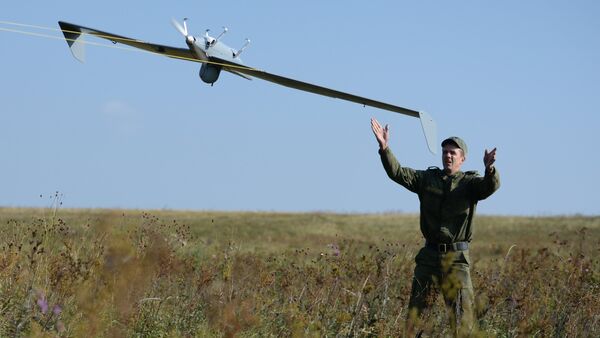MOSCOW (Sputnik) — Specifically, small-class Corsair surveillance drones will be equipped with the technology.
"The module for processing a stream of hyperspectral data is being created. Key to the technology is the unique characteristics of the spectral radiation that every material or subject has. By processing these characteristics, our equipment can identify what exactly is in its field of view, regardless of the enemy's attempts to hide something or mislead us," Sergei Skokov told RIA Novosti.
Skokov explained that the use of these modules would significantly increase the effectiveness of aerial surveillance and monitoring of the Earth's surface. This is a very accurate means of monitoring, receiving not just "pixels" but a unique spectrum able to distinguish a camouflage net on grass as well as differentiating between a natural object and an artificial one, he said.
According to UIMC, the system is able to identify detected targets independently, without an operator, with the help of a database of the hyperspectral characteristics of different objects and materials.





